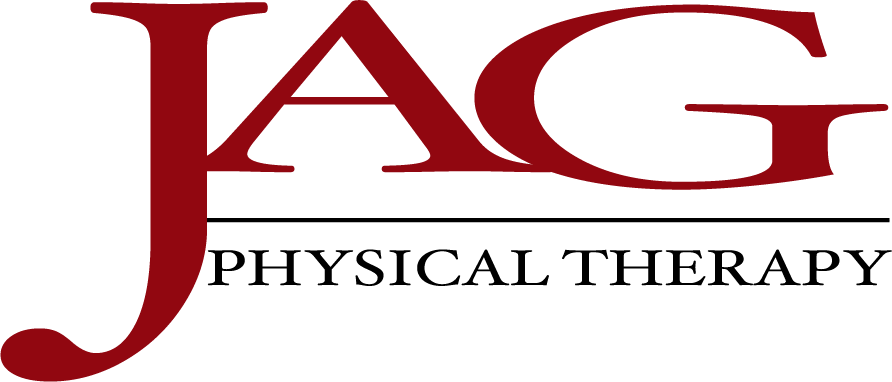We may not think about our posture very often – and unless they hurt in the moment, we don’t think about the condition of our backs, either. However, both good posture and back strength are key to musculoskeletal health, and therefore our health in general. One of the biggest considerations for both is the mobility of the scapulae, also called the shoulder blades.
Since the shoulders are a key focal point of how we carry ourselves, scap traction exercises, which are meant to move the shoulder blades in correct alignment, can be extremely helpful. JAG Physical Therapy is the top local name for PT care in New York, New Jersey, and Pennsylvania, and one of our biggest areas of specialization is shoulder health. Book your appointment with us now to get started on improving your upper back condition and posture or see more below on scapular mobility exercises.
What is Scap Traction and How Does It Improve Posture?
Scap traction consists of scapular retraction and protraction – two opposite directions of motion. Retraction occurs when the shoulder blades move horizontally toward each other, meeting in the middle of the back. Protraction, which has a shorter range of motion, has the bones moving away from each other and toward the front along the same plane, opening up the back. Although retraction is emphasized because the shoulders can perform much more movement in this direction, protraction is also needed so that the upper body can become more aligned and flexible.
If strain on the upper back, neck pain, or slouching are concerns for you, then scap traction exercise may be ideal. In particular, people with sedentary lifestyles, especially those who work office jobs involving long hours or college students busy with prolonged studying, could benefit.
How Do You Perform a Scap Traction Exercise Correctly?
While they are performed using similar motions, there are varied scap retraction and protraction exercises, each of which may be especially helpful depending on the condition of your thoracic region. One foundational exercise, which just about everyone doing a scap traction routine will use, is scapular side pulls. The form you use for side pulls is a good example of how to correctly do other kinds of scap traction motions as well.
You’ll need either a resistance band or a cable machine for this exercise. With your shoulders relaxed and arms held straight out in front, hold firmly to the equipment with both hands and move your arms towards your sides without raising or lowering them. You should keep your back straight and use the muscles between your shoulder blades for as much of the movement as possible, feeling your shoulders draw together at the end. Hold just for a few seconds before slowly returning to start and repeating 10 to 12 times.
In all scap traction exercises, it’s crucial to move the shoulders back and forward without shrugging them. Going slow is also recommended – this is not a ballistic exercise, but one that is meant for muscle control and range of motion. If utilizing a cable machine, you should also not use excessive weight – this exercise is about a specific movement, not lifting.
What Are the Benefits of Scap Traction for Back Strength and Posture?
Keeping the muscles and joints of your upper back in good condition is a major part of having good posture. Scap traction exercises are a great way to do this, as they work muscles including the rhomboids and trapezius, as well as the rotator cuff. When this area is strong, it reduces the load on the neck and distributes tension better.
Furthermore, the specific motions involved in scap traction cultivate better spinal alignment over time. This means less pain with prolonged sitting as well as lower likelihood of slouching. Altogether, using scapular protraction and retraction exercises as part of your fitness routine can help you carry yourself better and reduce everyday back, neck, and shoulder aches and pains.
Who Should Consider Incorporating Scap Traction Exercises into Their Routine?
People from many different walks of life can see improvement in their day-to-day upper back condition by using scap traction. Office workers may be especially vulnerable to back and neck issues due to sitting at a desk working at a computer for long periods, for example. But athletes, particularly those who rely on healthy shoulders in their sport such as tennis and basketball players, can prevent injury or recover from a shoulder strain with scap traction. Ultimately, however, you will always get the best results from scap traction exercises as part of an overall program recommended by a physical therapist.
Get Personalized Posture and Back Strengthening Advice from JAG Physical Therapy
If upper back pain is a day-to-day problem for you, especially if it’s due to incorrect posture, the skilled therapists at JAG PT will create a rehabilitation plan that targets your needs. We’ll help you reduce tension with manual therapy and exercise, improve posture with scap traction, and ultimately relieve your pain and improve your upper body mobility. Schedule your appointment today to get professional guidance on your ideal back pain relief exercises.
